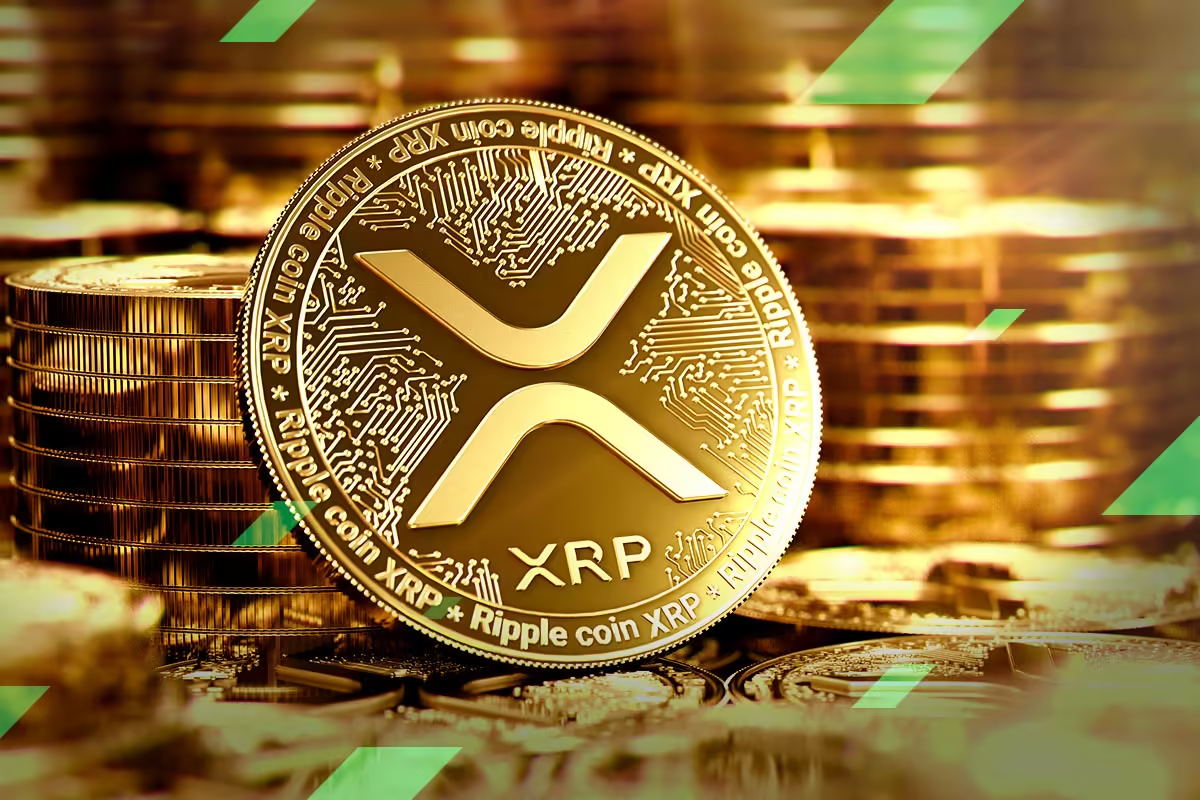|
Getting your Trinity Audio player ready...
|
BlackRock’s foray into the cryptocurrency space with the iShares Bitcoin Trust (IBIT) has hit a snag. After 71 consecutive days of inflows, the past three days have seen zero new investments in the ETF. This has sparked concerns within the crypto community, with some fearing it reflects a decline in investor interest in Bitcoin (BTC) itself.
However, a closer look reveals a more nuanced picture. Let’s unpack the reasons behind BlackRock’s recent zero-inflow streak and what it might actually mean for the future of Bitcoin ETFs.
Understanding Zero Inflows: Not Necessarily a Sign of Disinterest
Financial experts like Bloomberg ETF analyst James Seyffart emphasize that zero inflows are a fairly common occurrence within the broader ETF market. They simply indicate a period where there’s no significant disparity between the supply and demand for an ETF’s shares.
Imagine a seesaw: for the price to move, there needs to be a difference in weight on either side. In the ETF world, this translates to a need for a substantial difference between buying and selling pressure. This difference has to be large enough to trigger the creation or redemption of new ETF shares, which typically happens in large blocks.
Market Makers: The Balancing Act
Market makers play a crucial role in maintaining ETF liquidity. They step in when the imbalance between buying and selling gets too big. However, for smaller discrepancies, they simply handle ETF share trading just like any other stock.
As Seyffart explains, “it needs to be lopsided” – meaning a significant difference in buying or selling pressure – for market makers to jump in and create or redeem new ETF shares by interacting with the underlying asset (Bitcoin in this case).
Zero Inflows Don’t Equal Zero Activity
This is a key takeaway. The lack of inflows in BlackRock’s Bitcoin ETF doesn’t necessarily imply a lack of trading activity. It simply means the net flow isn’t significant enough to warrant the creation or redemption of new units.
Eric Balchunas, another Bloomberg ETF expert, strengthens this point by citing the example of the iShares MSCI Emerging Markets ETF (EEM). This ETF saw a whopping $70 billion in trading volume between mid-January and mid-April, despite registering zero daily inflows during that period.
While the lack of inflows into BlackRock’s ETF isn’t a direct indicator of waning interest, it can have a temporary dampening effect on Bitcoin’s price. Crypto analyst Skew points out that Bitcoin has remained rangebound between $72,000 and $61,000 in the past week.
The analyst identifies key support levels to watch: the March low of $61,598 and the previous week’s low of $63,498. These levels act as potential pivot points, and how Bitcoin reacts around them can provide clues about its future direction.
Also Read: Circle and BlackRock Join Forces: Streamlining BUIDL Share Redemption with Smart Contracts
Looking Ahead: A Temporary Lull or a Shift in Sentiment?
It’s still too early to say definitively whether BlackRock’s zero-inflow streak signifies a broader change in investor sentiment towards Bitcoin. The coming days and weeks will be crucial in determining if this is a temporary pause or the start of a longer trend.
However, one thing is clear: Zero inflows don’t necessarily translate to zero interest. Investors should remain focused on the bigger picture – the ongoing innovation and adoption of blockchain technology, and the potential role Bitcoin can play in a diversified investment portfolio. As the Bitcoin market matures, we can expect to see continued volatility and periodic periods of consolidation. By understanding the underlying mechanics of ETFs and market dynamics, investors can make informed decisions about their cryptocurrency investments.
With a keen eye on the latest trends and developments in the crypto space, I’m dedicated to providing readers with unbiased and insightful coverage of the market. My goal is to help people understand the nuances of cryptocurrencies and make sound investment decisions. I believe that crypto has the potential to revolutionize the way we think about money and finance, and I’m excited to be a part of this unfolding story.




